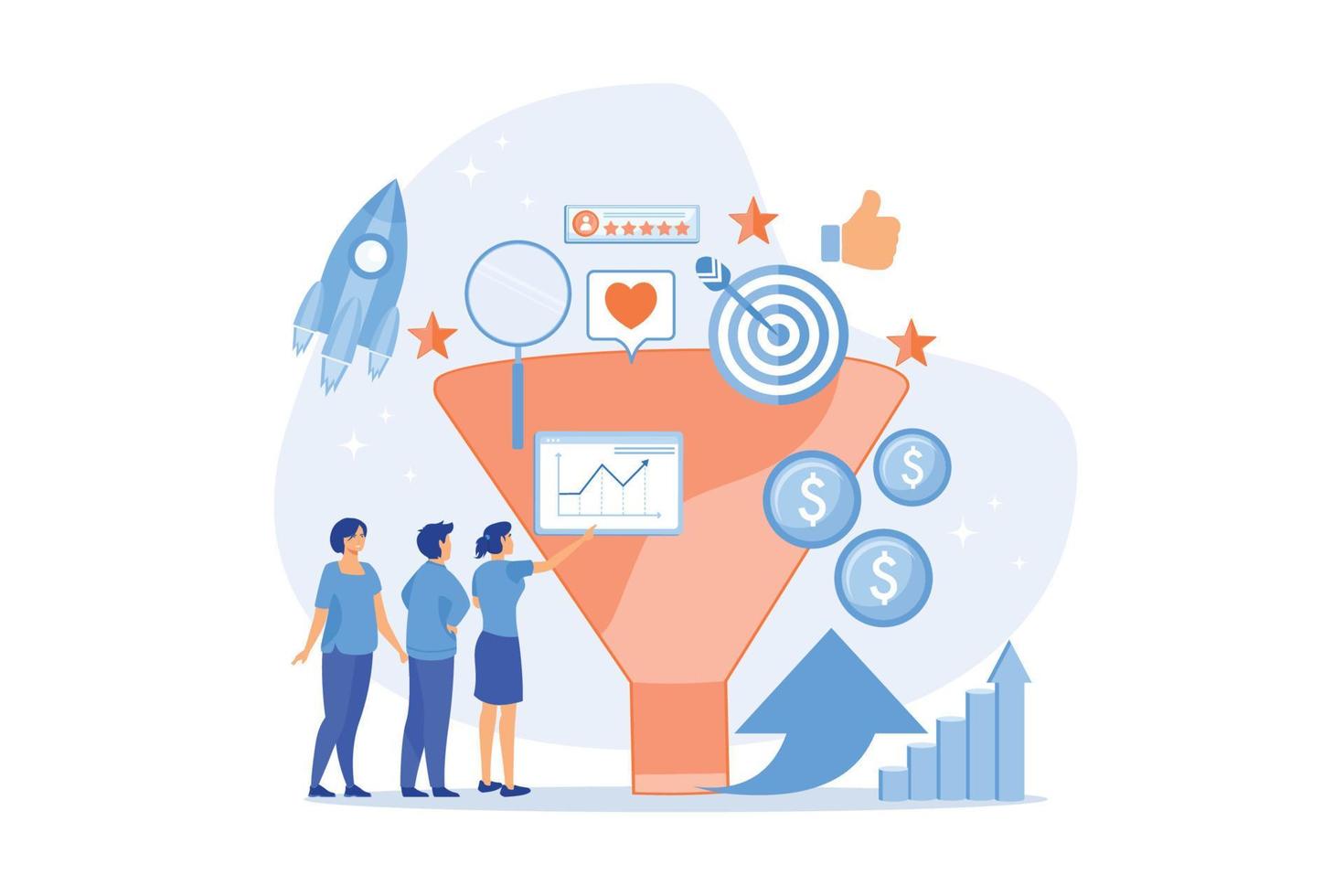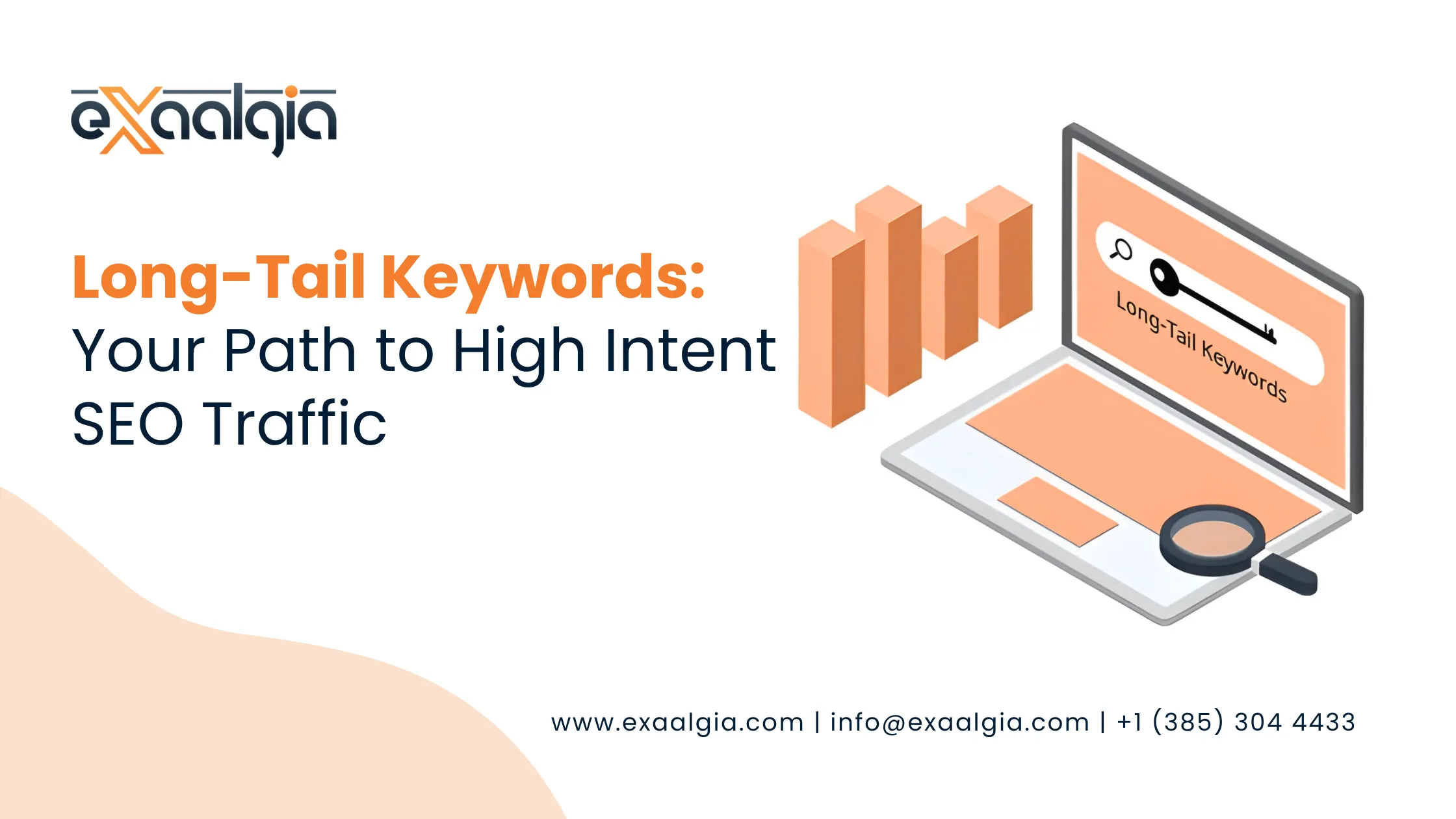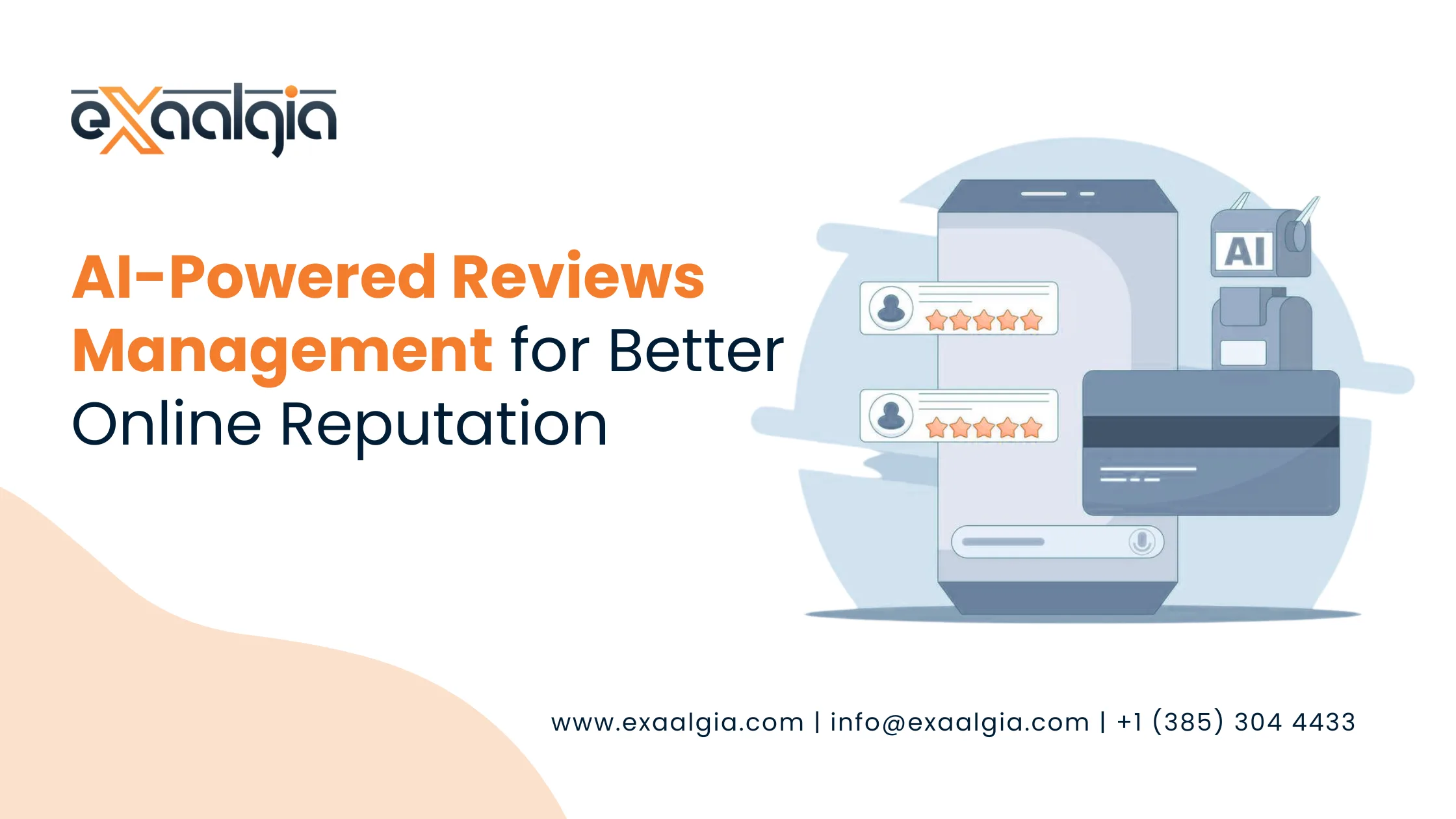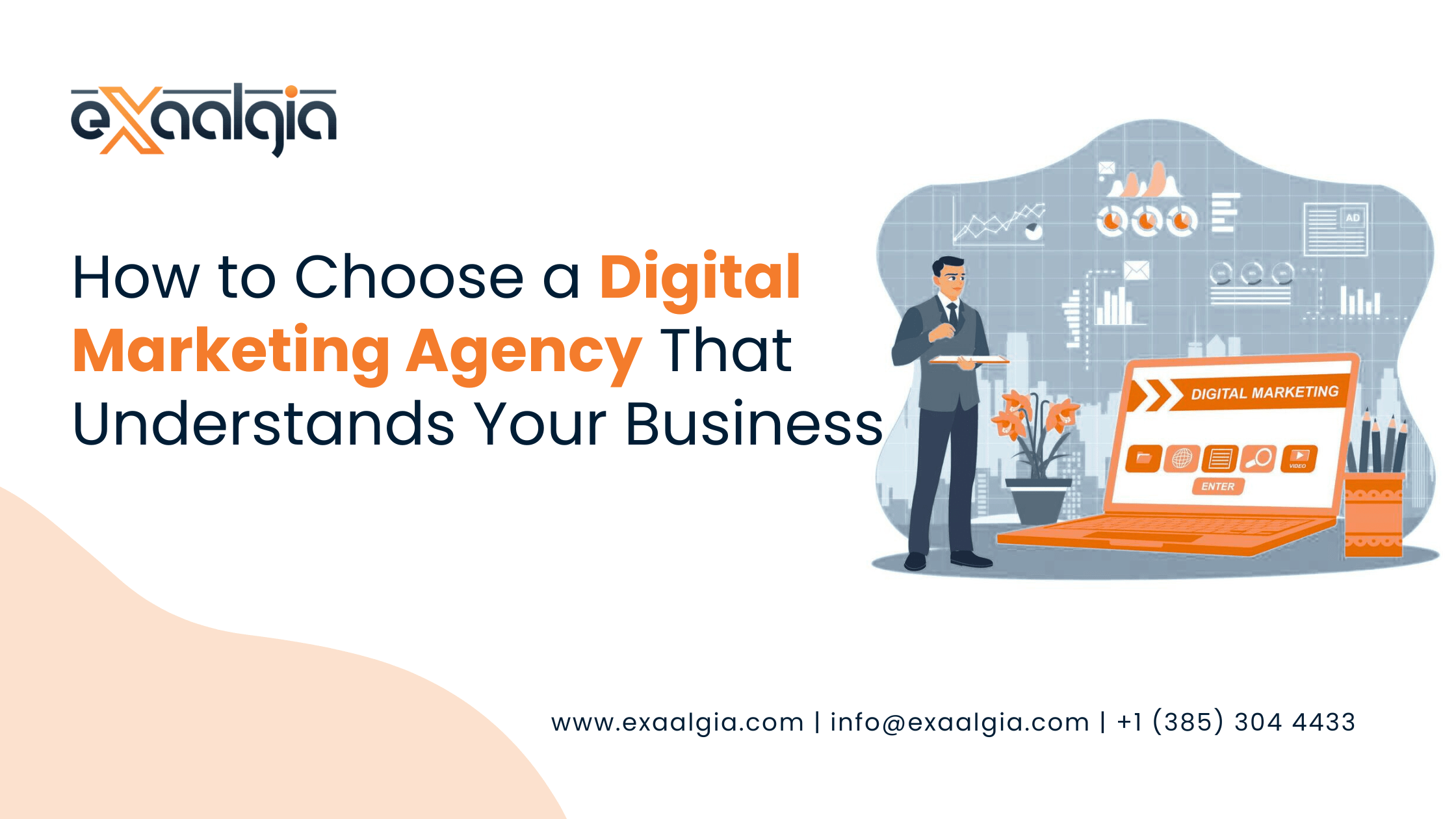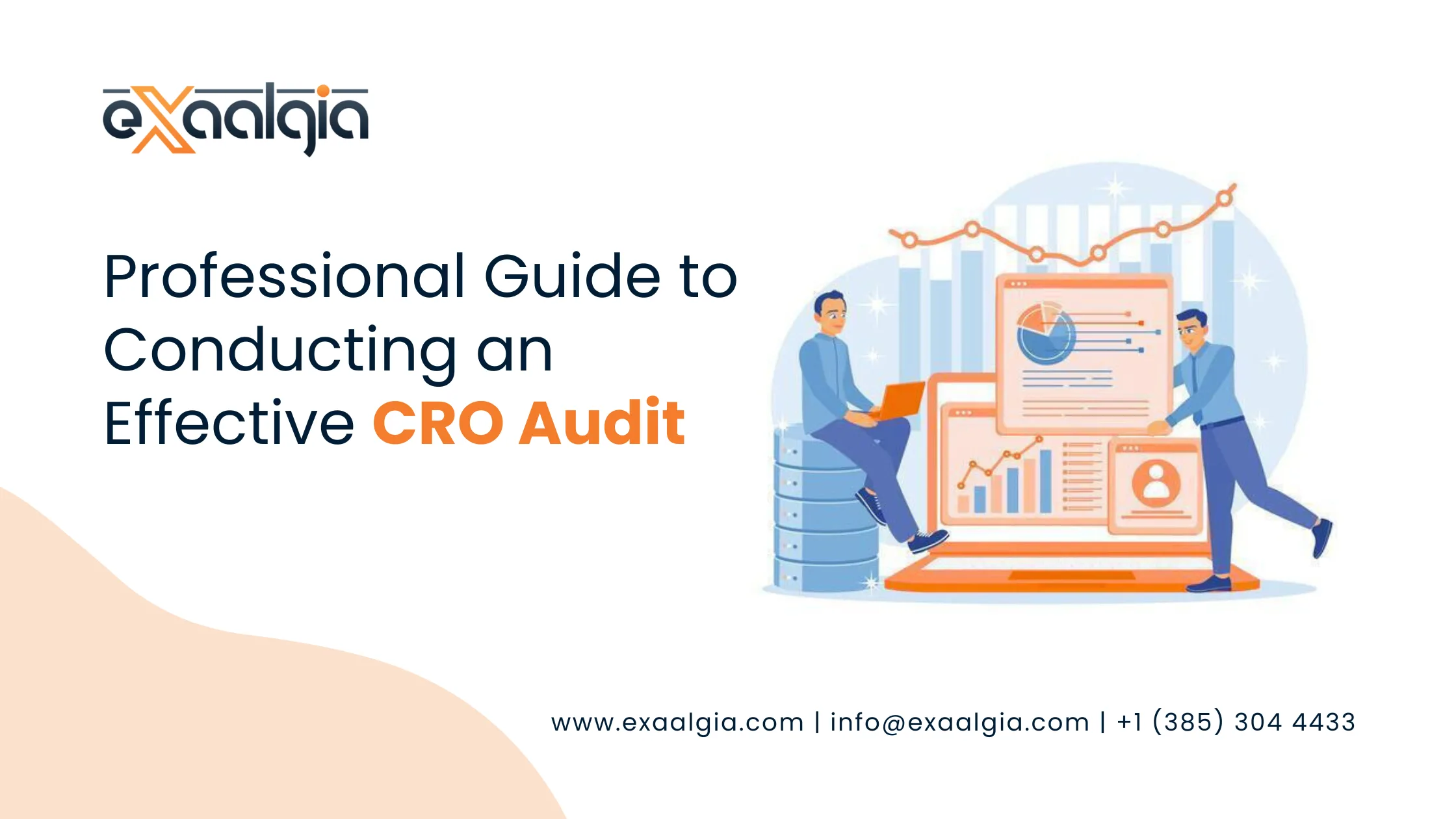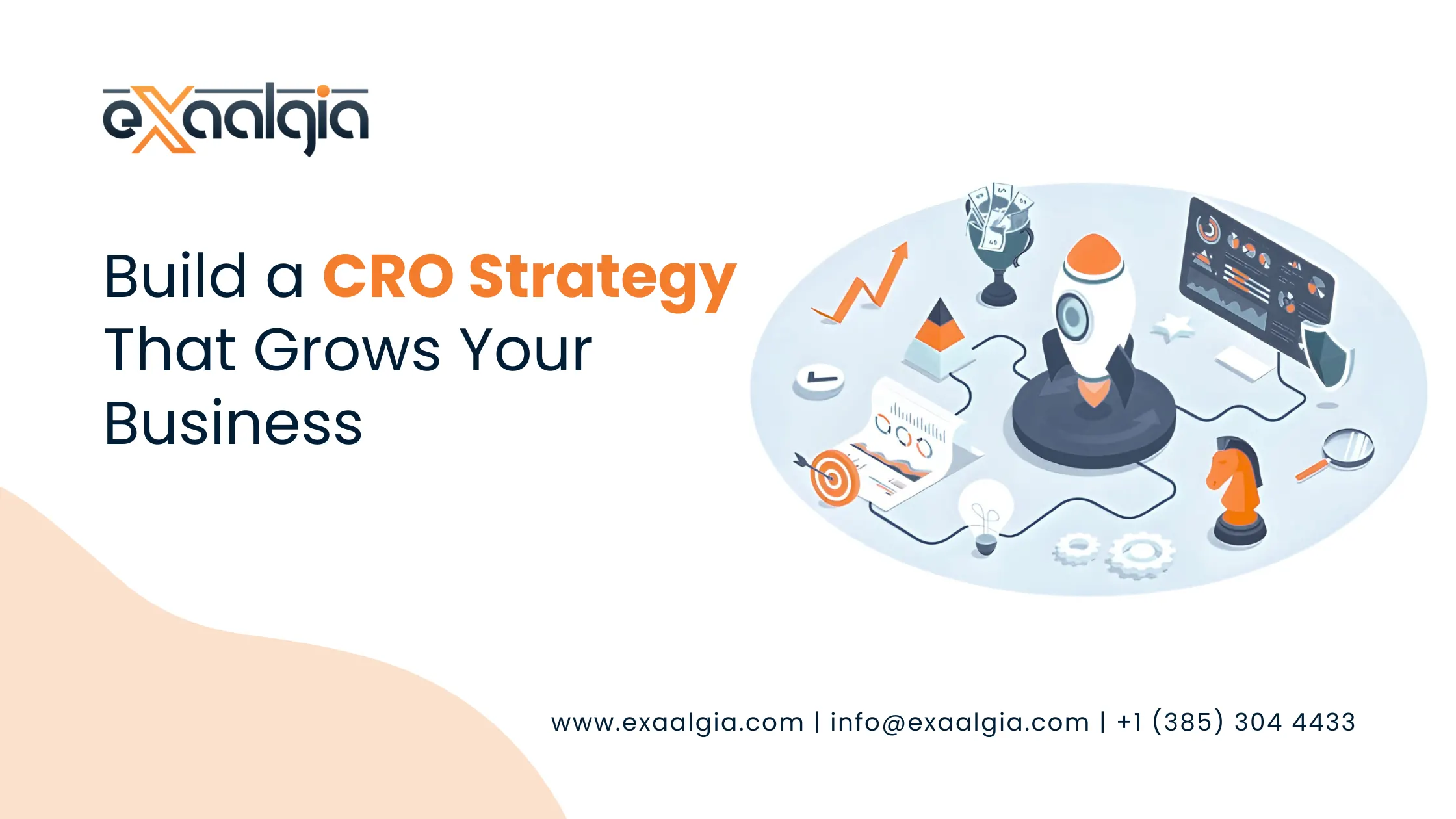This guide outlines the concept of a content marketing funnel and its phases, as well as the process of developing an integrated strategy using digital marketing services and social media marketing to boost conversions.
What Is a Content Marketing Funnel?
A content marketing funnel is a strategy that carries prospective customers through different stages of engagement: from awareness to conversion. It gives companies guidance on creating and distributing content appropriate to the audience’s needs. When designed well, a structured funnel helps increase engagement, enhance sales, and elevate customer retention.
Understanding the Content Marketing Funnel Stages
Awareness Stage (Acquisition of New Visitors)
This is the first time the visitors learn about your brand-their first touch point. Audience members usually discover you through SEO, social channels like Facebook, Instagram, and LinkedIn, or paid advertisements. The goal is to educate and enthuse the audience with high-quality content.
Consideration Stage (Lead Nurturing)
These are the visitors who have found your firm after their awareness about it and are now exploring potential solutions. This is where a good business will move itself up as an authority through strategic case studies, webinars, e-books, and such other types of content.
Conversion Stage (Converting Leads into Buying Customers)
At this stage, prospects start to lean in about making a decision about making a purchase. This is where having optimized landing pages, customer testimonials, and free trials will help.
Retention & Advocacy (Building Long-term Relationships)
Retaining customers’ loyalty and advocacy after a transaction is done is where post-purchase engagement is critical. With the provision of exclusive content, newsletters, and excellent customer service, competent firms can work towards winning over their uppermost customers to become advocates.
Why is a content marketing funnel important?
An effective content marketing funnel helps businesses:
- To pull in the right audience through content marketing processes.
- Handle leads better through messaging customized to the prospect.
- Convert at a higher rate by delivering the right piece of content at the most opportune time.
- Retain customers by keeping them in a finely-tuned, value-delivering communication regime.
How to Build an Effective Content Marketing Funnel
Step 1: Define Your Audience
Knowing your audience is fundamental for any funnel. With tools like Semrush, companies find which searches are trending, analyze the competition, and craft content that resonates with potential customers.
Step 2: Create content for different stages within the funnel
Certain materials are needed at a certain stage of the funnel:
Awareness Content
- Blogs (for traffic and engagement, with SEO guidelines aligning)
- Social media contents (pieces populated onto Facebook, Instagram, and LinkedIn for generating audience engagement)
- Infographics and explainer videos
Consideration Content
- Webinars and live sessions
- E-books and whitepapers
- Case studies and comparison guides
Conversion Content
- Product demos and endorsements
- Free trials and discount offers
- Landing page with a solid CTA
Retention & Loyalty Content
- Newsletters and customer success stories
- Loyalty programs and exclusive offers
- Dedicated customer support paths
Step 3: Optimize for SEO and CRO
Content optimization is a must for enhancing rankings in search engines and conversion rates. Applying usual SEO methods like keyword research, link building, and creating content that is easy to read maximizes traffic and engagement. Companies can work with a digital marketing agency like Exaalgia to fine-tune their SEO strategy.
Step 4: Use Marketing Automation and Personalization
Marketing automation tools deliver the right content, to the right audience, at the right time. Personalized email campaigns and artificial intelligence-powered recommendations can increase engagement and drive sales.
Step 5: Measure and Improve with Analytics
Tracking performance metrics is critical for the optimization of the content marketing funnel. Google Analytics, Semrush, and other digital marketing tools can analyze user behavior and point to areas requiring modifications.
Best Practices to Help You Get On to a Good Start with Effectively Running Your Content Marketing Funnel
Align Content with User Intent
Useful content at every stage corresponding to user pain points will ensure higher clickthroughs and conversions to be achieved.
Distributing Across Numerous Channels
Using a number of platforms (social media, blogs, emails, ads) enables the reach to be expanded.
Regular A/B Testing and Ongoing Optimization
Continuous testing of how the content is performing and improving based on the discovery is the key factor in ensuring continued success.
Incorporating AI and Automation for Content Personalization
AI-based recommendations and chatbots improve user experience by providing relevant material at the correct time.
Final Thought
Building a successful content marketing funnel requires strategic planning, high-quality content, and continuous optimization. Businesses can create a seamless journey for their audience transitioning through the hustles of visiting a website and subscribing to a newsletter by incorporating the content writing service, content optimization strategy, and digital marketing services that ultimately deliver brand trust and conversions.
FAQs
1. What is a content marketing funnel?
A content marketing funnel is the strategic framework used to attract potential customers from awareness to conversion, by providing targeted content at every point of their journeys.
2. How to create a content marketing funnel?
In creating a content marketing funnel, it is necessary to identify the audience, develop tailored content for each stage, optimize it for SEO, use automation, and carry out ongoing analyses of its performance.
3. What types of content should be used at each funnel stage?
- Awareness: Blog posts, social media content, infographics
- Consideration: Webinars, e-book, case studies
- Conversion: Product demos, free trials, testimonials
- Retention: Newsletters, loyalty programs, customer success stories
4. How do you measure a content marketing funnel’s success?
Website traffic, conversion rates, engagement levels, and customer retention rates using Google Analytics and Semrush are parameters for determining success.
5. What tools can help in optimizing a content marketing funnel?
Some of the popular instruments for tracking, improving, and automating the content marketing funnel include Google Analytics, Semrush, HubSpot, and the various CRMs.

